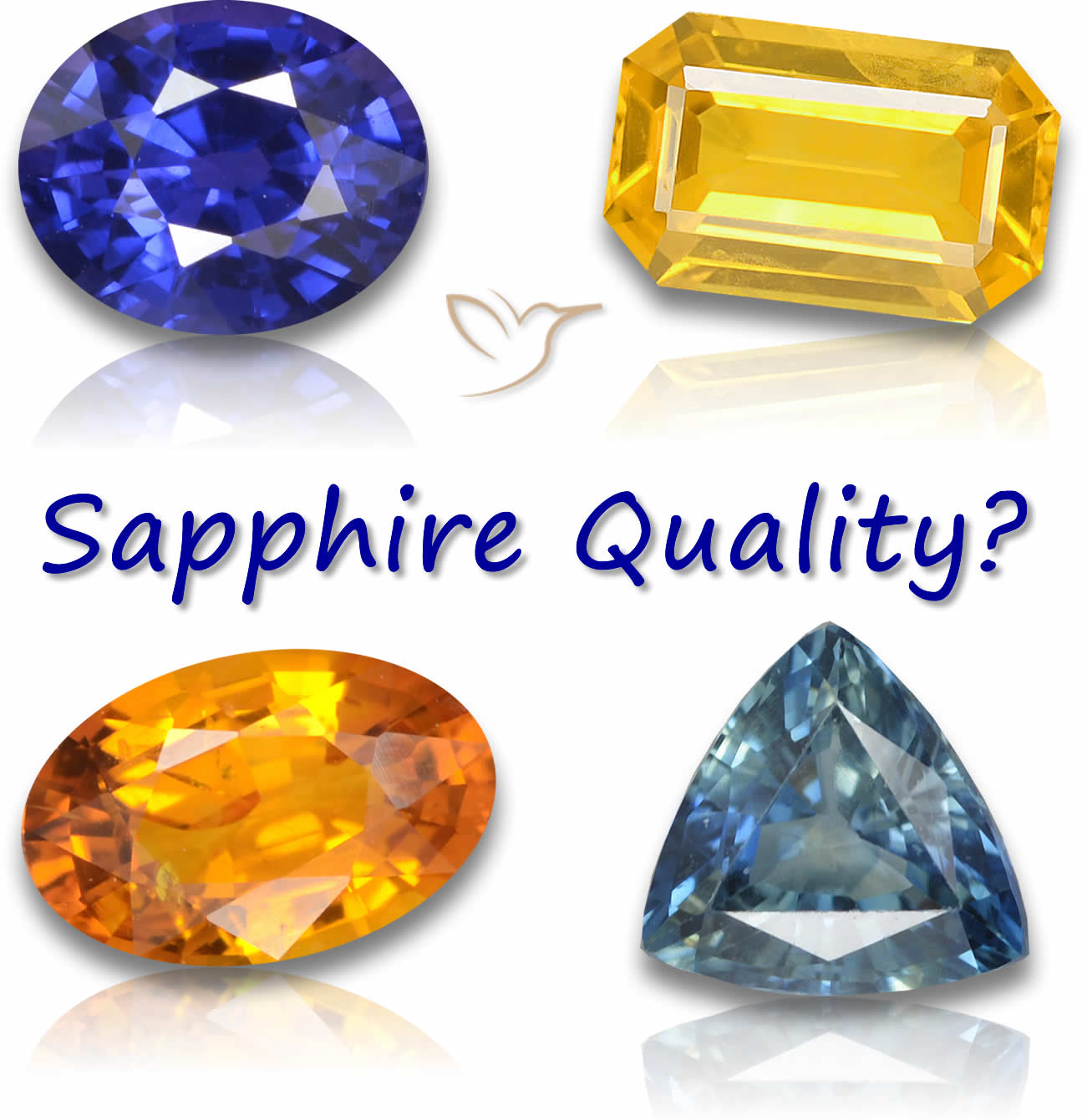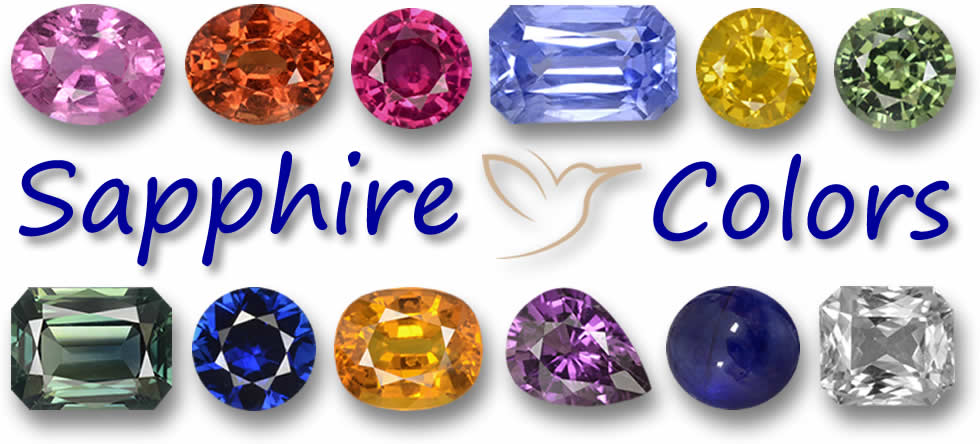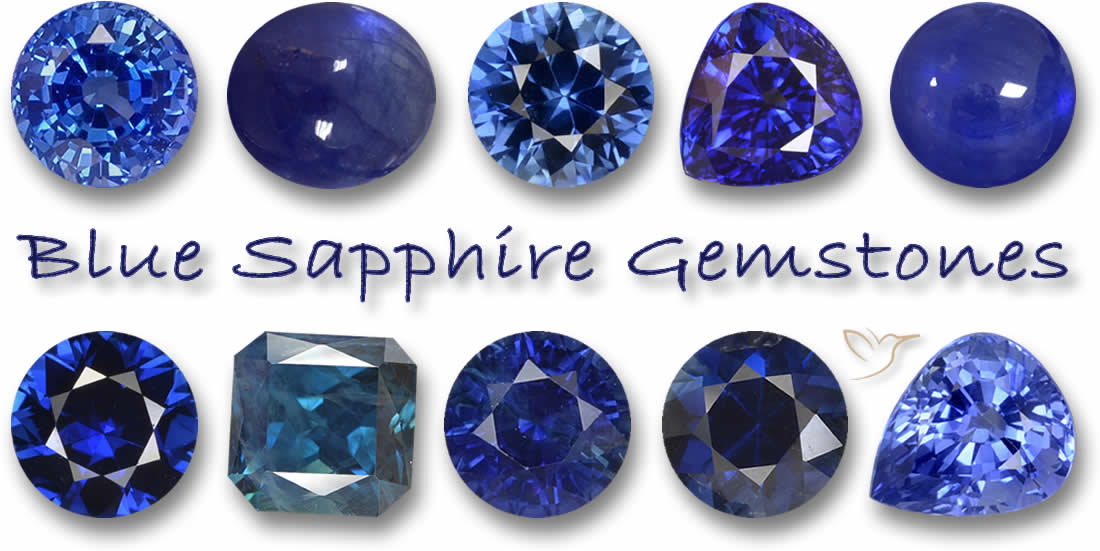How Can I Determine the Quality of a Sapphire?

Sapphires are more than just pretty gems - they’re a blend of beauty, rarity, and craftsmanship. Whether you’re eyeing a classic deep blue or a vibrant pink sapphire, understanding what makes a sapphire high-quality is key to picking the perfect stone. Let’s break it down: the quality of a sapphire hinges on four main factors - color, clarity, cut, and carat weight - along with treatments and origins. In this guide, we’ll walk you through each aspect to help you spot a gem that’s worth its sparkle.
Table of Contents
Introduction to Sapphires
Sapphires, part of the "Big Three" colored gemstones alongside rubies and emeralds, are beloved for their durability, beauty, and versatility in jewelry. As September’s birthstone, they carry a romantic charm. Sapphires come in a rainbow of colors - blue, pink, yellow, green, purple, and even colorless - though red corundum is classified as ruby. The value of a sapphire largely depends on the intensity and uniformity of its color, with the finest stones boasting vivid, even hues. Pretty cool, right? Dive into detailed sapphire gemstone information for a deeper understanding. Plus, their versatility makes them perfect for custom sapphire jewelry options that suit any style.
Fancy Sapphires and Padparadscha
Non-blue sapphires are called "fancy sapphires" and include vibrant hues like pink, yellow, and green. Among them, the padparadscha sapphire stands out - a rare blend of pink and orange that resembles a sunset or salmon. Its name, derived from the Sanskrit term for lotus flower, reflects its delicate, medium-toned pinkish-orange shade. These gems are highly prized for their scarcity and unique appeal.

Evaluating Sapphire Quality
To judge a sapphire’s quality, you need to look at four key factors: color, clarity, cut, and carat weight. Each plays a critical role in determining a stone’s value and appeal. Let’s dive into what makes each one tick.
Color: The Heart of a Sapphire’s Value
Color is the star of the show when it comes to sapphires. The best blue sapphires have a rich, velvety blue to violetish-blue hue in medium to medium-dark tones. These "velvety blues" are the gold standard, commanding top dollar. Sapphires that are too light, too dark, or grayish? They’re less valuable. Fancy sapphires, like pink, purple, yellow, orange, and green, are judged similarly - vivid, uniform colors are the goal. To understand how color impacts cost, explore sapphire pricing trends.
- Blue Sapphires: The finest ones shine in deep, royal blue with a hint of violet, avoiding grayish or overly dark tones.
- Pink and Purple Sapphires: Pink sapphires range from light pink to purple, while purple sapphires show vibrant violet to reddish-purple shades.
- Yellow, Orange, and Green Sapphires: Yellows range from pure to orangy yellow, oranges from deep gold to mandarin, and green sapphires are rare when uniformly vivid.

Clarity: How Clear is Clear Enough?
Clarity refers to how free a sapphire is from inclusions - those tiny natural imperfections inside the stone. Blue sapphires typically have some inclusions but are clearer than rubies. The best sapphires are "eye-clean," meaning no inclusions are visible to the naked eye. Here’s a quick look at common inclusions and their impact:
| Inclusion Type | Description | Impact on Value |
|---|---|---|
| Needles | Long, thin mineral inclusions | Can reduce value, but may enhance appearance |
| Silk | Fine needle-like inclusions of rutile mineral | Can increase value by creating a velvety appearance |
| Mineral Crystals | Included mineral crystals within the sapphire | Generally reduce value |
| Fingerprints | Partially healed breaks that resemble fingerprints | Can reduce value, but may not always detract from appearance |
| Color Zoning | Varying colors within the same sapphire | Can be considered a desirable feature by some, but may reduce value |
Fun fact: Inclusions like silk in Kashmir sapphires can actually enhance their value by giving them a unique, velvety glow!
Cut: Making the Sapphire Sparkle
The cut of a sapphire isn’t just about its shape - it’s about how well it’s crafted to reflect light. A poorly cut sapphire, whether too shallow or too deep, can look dull and lifeless. Top-quality cuts maximize brilliance and sparkle, making the stone more valuable. A well-cut sapphire is like a tiny mirror, catching light from every angle.
Carat Weight: Size Matters, Sometimes
Sapphires are measured in carats, and bigger stones are rarer, so their value often rises with weight. Sapphires over five carats, especially in vivid blue or pink, can fetch high prices at auctions. But don’t get too hung up on size - color, clarity, and cut are just as important. A smaller, flawless sapphire can outshine a larger, mediocre one. Interested in their investment potential? Discover tips for investing in sapphires.
Sapphire Treatments
Many sapphires undergo treatments to enhance their appearance, but not all treatments are equal in the eyes of buyers. Let’s explore the most common ones.
Heat Treatment: The Industry Standard
Over 98% of sapphires on the market are heat-treated to improve color and clarity. This process, which ranges from gentle (400°C) to intense (over 1700°C), is widely accepted and doesn’t lower a sapphire’s value. It’s like giving the stone a glow-up, making its colors pop without compromising its natural beauty.
Diffusion Treatment: A Controversial Choice
Diffusion treatments, like those using beryllium, add a thin layer of color to a sapphire’s surface, often creating orange or gold hues. Unlike heat treatment, diffusion can lower a sapphire’s value because it’s seen as less natural. If you’re aiming for a high-value gem, stick to untreated or heat-treated stones. For a deeper dive, learn more about sapphire treatments.
Sapphire Origins
Where a sapphire comes from can influence its quality and allure. Some regions are legendary for producing top-tier gems.
Sri Lankan Sapphires: The Gold Standard
Sri Lanka, known as the "Gem Island," is a sapphire powerhouse. Over half of its gemstones are sapphires, prized for their vivid colors, clarity, and large sizes. These gems, often called Ceylon sapphires, are a favorite for their deep blue hues and exceptional quality.
Other Notable Sources
Beyond Sri Lanka, countries like Madagascar, Pakistan, India, China, and the U.S. produce stunning sapphires. Madagascar is a rising star with vibrant blue stones, while Kashmir in India is famous for its velvety, high-value sapphires. Each region adds its own flair to the sapphire market.
Grading and Certification
Natural sapphires are graded based on color, clarity, cut, and carat weight, with categories like AAA, AA, A, and B. Only 2% of sapphires reach AAA status, making them the rarest and most valuable. Certification from a reputable gem lab verifies a sapphire’s quality and authenticity, boosting its value.
| Sapphire Quality | Percentage of Natural Gemstones |
|---|---|
| AAA | 2% |
| AA | 10% |
| A | 20% |
| B | Over 50% |
Frequently Asked Questions
How can I determine the quality of a sapphire?
Evaluate a sapphire based on its color, clarity, cut, and carat weight. Look for vivid blue, eye-clean clarity, a well-executed cut for maximum sparkle, and larger sizes. Understanding grading and certification helps you find a high-quality gem within your budget.
What factors influence a sapphire’s value and rarity?
Color is the primary driver - vivid, velvety blues in medium to dark tones are most valuable. Fewer inclusions increase rarity, while a precise cut and larger carat size boost value.
How are sapphires graded and certified?
Sapphires are graded on color, clarity, cut, and carat size into grades like AAA (2% of gems, top-tier) to B (over 50%). Certification from reputable gem labs ensures authenticity and quality.
What treatments affect a sapphire’s value?
Heat treatment, used in over 98% of sapphires, enhances color and clarity without reducing value. Diffusion treatments, like beryllium, can lower value due to their artificial nature.
What are some famous sapphires in history?
Notable sapphires include the Star of India, Princess Diana’s ring, the Logan Sapphire, and the Stuart Sapphire, which sits in the British royal crown. Each is iconic for its history and beauty.
Conclusion
Evaluating a sapphire’s quality comes down to understanding its color, clarity, cut, and carat weight, along with its treatments and origins. The best sapphires dazzle with vivid, deep colors, eye-clean clarity, and expert cuts. Grading systems and certifications help you pick a gem that matches your style and budget. Since the gemstone industry lacks standardized grading, doing your research and consulting experts is the way to go. Sapphires are rare treasures, and with this knowledge, you’re ready to find one that shines just for you! Curious about costs? Find out if a blue sapphire fits your budget.

